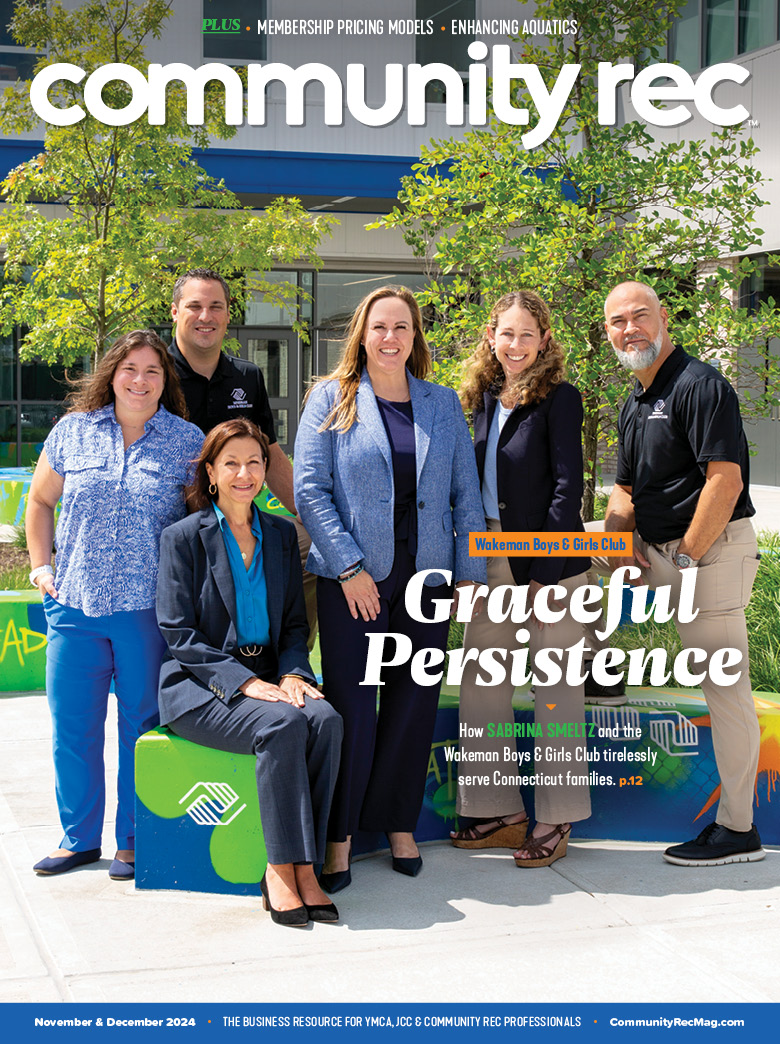The safety of staff and members is the first priority of any community rec center. And the most concerning crises are the unpredictable ones, especially a severe weather emergency. Considering the sheer magnitude of a storm’s destructive capabilities and how quickly that damage can escalate, it’s crucial to have a good severe weather emergency protocol in place.
For more insight on how best to respond in the event of severe weather emergencies, Community Rec spoke with Joe Seubert, the associate executive director of the Stevens Point Area YMCA in Stevens Point, Wisconsin, about the severe weather emergency protocols his branch puts into practice:
What protocols do you have in place for severe weather emergencies?
JS: In the event of impending severe weather, we have staff post appropriate signs so anyone who’s coming into the building is notified immediately that our area is under a warning, whether it’s a thunderstorm, tornado or anything in between. Our staff — between front desk workers and managers on duty — are with a walkie talkie and cell phone. We’re roaming throughout our facility, making sure we’re communicating with other folks, and making sure no one is caught blind in the locker room, for example, not knowing what’s going on.
How do you educate your staff on these procedures?
JS: We, as a management staff, meet every week to make sure we’re addressing those issues. Then each director is providing staff with the proper training and documentation, and emergency handbooks. We try to put a book together that has everything we could possibly think of, and we try to make sure we have cellphones on us and know who to call in an emergency.
Were there any challenges in implementing them?
JS: As we debrief and look back, there are always things we can learn from. We should look at our procedures on a more regular basis, and make sure our phone numbers and names are accurate in the handbook. We just need to make sure that simple things are taken care of, like making sure the flashlights are charged and that staff know where to find those in case the power goes out. Little things like that are a challenge.
How do you educate members on emergency protocols?
JS: When there’s bad weather, we post a sign at the front door so they see it right as they come in and as they leave, and they know the current area is under a watch or warning. Then our staff will go around and talk to folks as they’re working out or in classes, and talk to the instructors in those program areas and have them help communicate that information. Sometimes, the members are the hardest ones to work with, because they think it’s not that big of a deal and they want to get their workout in.
Any other advice for severe weather emergency protocols?
JS: It’s just Communication 101. And be prepared. Having the right supplies handy and close to you, as well as the appropriate weather app on your phone, is important. Have an emergency plan — you have to know what to do in those situations, and practice those scenarios.










